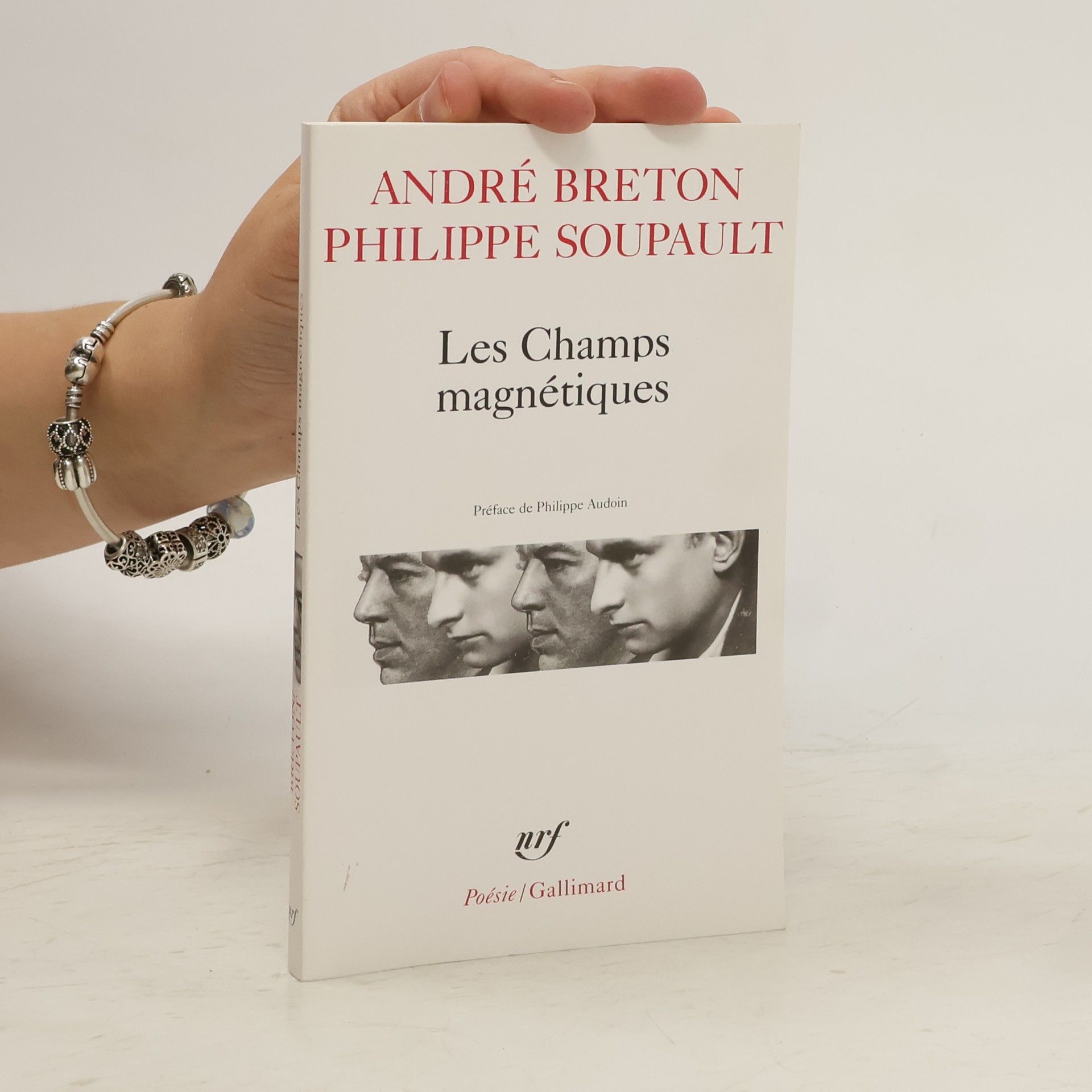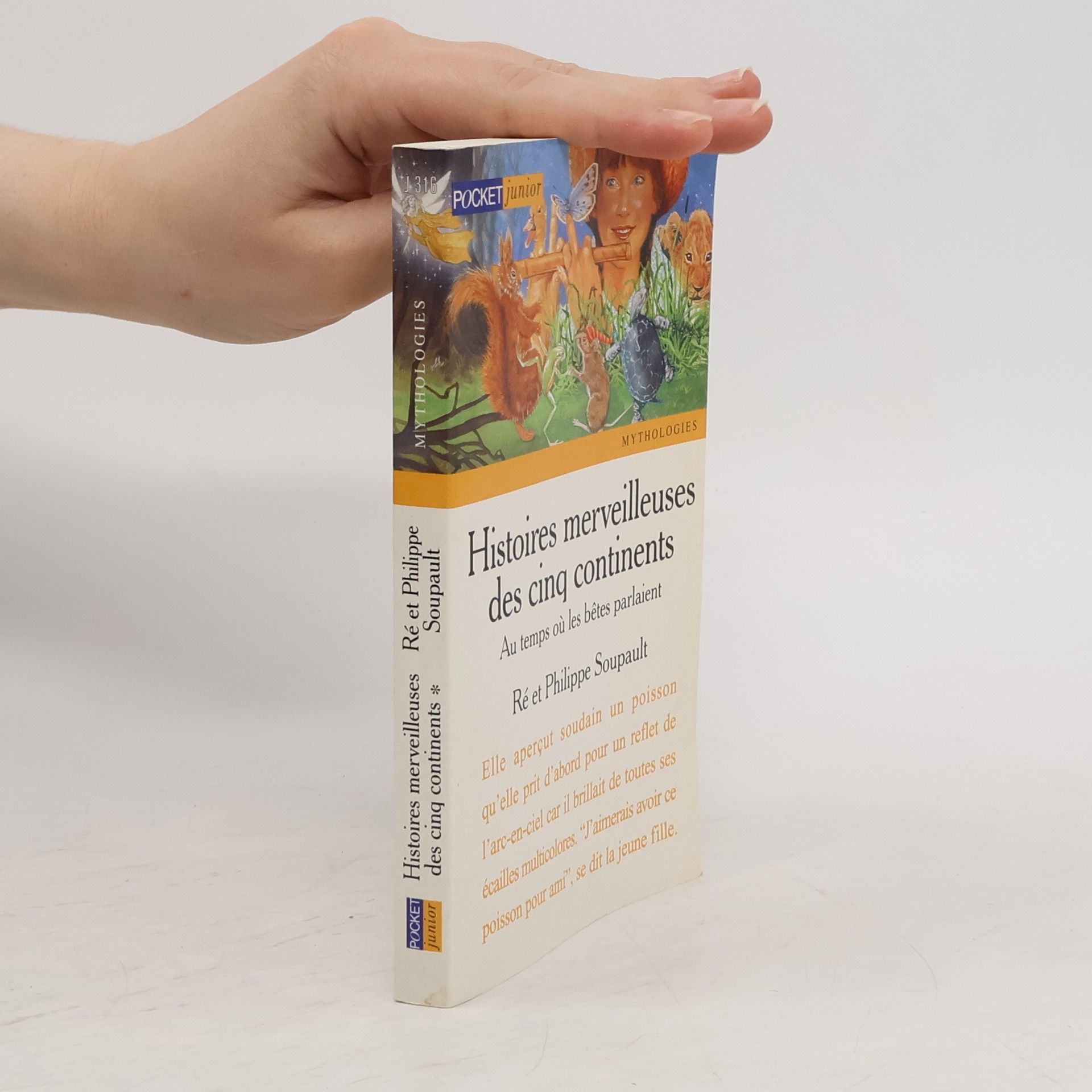Philippe Soupault reflektiert 50 Jahre nach den ersten surrealistischen Experimenten über Dadaismus und Surrealismus. Er erinnert sich an seine poetischen Anfänge, Begegnungen mit anderen Dichtern und die Auswirkungen des Krieges. Soupault betont seinen Glauben an die Poesie und lehnt dogmatische Systeme ab, die die Kunst einschränken.
Philippe Soupault Book order
Philippe Soupault was a pivotal figure in French literary modernism, co-founding the Surrealist movement and actively participating in Dada. His writing delves into the subconscious and redefines reality through experimental techniques. Soupault's approach, particularly his pioneering work in automatic writing, pushed the boundaries of language and narrative structure. His distinctive voice left an indelible mark on poetry and prose.







- 2024
- 2024
1924 veröffentlichte André Breton das erste »Manifest des Surrealismus«. Doch bereits 1919 experimentierten Breton und Philippe Soupault mit automatischer Schreibweise, inspiriert von Freud und Janet. Ihr Werk »Les Champs magnétiques« entstand aus dem Streben nach geistiger Freiheit. Diese neue Auflage beleuchtet eine vernachlässigte Phase der surrealistischen Bewegung.
- 2023
A Rimbaudesque novella of wayward wanderlust and liberty from the cofounder of Surrealism Conceived in a hospital bed in 1917 and written a few months later after his fateful encounter with Lautréamont's Maldoror, Philippe Soupault's novella The Voyage of Horace Pirouellepreceded the author's involvement with Parisian Dada and the Surrealist movement he would later launch with his friends. Inspired by a schoolmate's sudden departure for Greenland on a whim and his subsequent disappearance, Soupault imagines his alter ego's adventures as entries in a journal both personal and fictional. Adopted by an Inuit tribe, Pirouelle drifts from one encounter to another, from one casual murder to another, until his life of liberty and spontaneity leads him to stasis at the edge of existence. After taking an active part in French Dada, Philippe Soupault(1897-1990) cofounded the Surrealist movement with André Breton and Louis Aragon, and authored with Breton The Magnetic Fields, the first official Surrealist work. After being expelled from the movement for the crime of being "too literary," he devoted his life to writing, travel, journalism and political activity (for which he was put in prison by the collaborationist Vichy government).
- 2015
«Je vivais à Tunis depuis 1938 où j’ai dirigé jusqu’à l’armistice de 1940 les services de presse, d’information et de radiodiffusion de la Tunisie. J’habitais dans une maison arabe, au centre de la ville indigène, qu’on appelle la Médina. Depuis juin 1940, dans ce protectorat français, spontanément des centres de résistance se formèrent. Timidement, maladroitement ceux qui ne pouvaient accepter Vichy (ce nom résume toutes les lâchetés, les bêtises, les crimes de la "Révolution" dite nationale) cherchèrent à se grouper et à agir. Ils firent de leur mieux. — Mais ceci est une autre histoire. De 1941 à 1942, la police vichyssoise chercha à réduire ces centres de résistance et à intimider les opposants. Une liste de suspects fut dressée. On me fit l’honneur de m’y inscrire. Puis au mois de mars 1942 on commença à poursuivre les suspects. Je fus chargé sur l’une des premières charrettes. Le 12 mars l’ordre fut donné de m'arrêter.»
- 1999
Výbor z celoživotního básnického díla francouzského surrealisty a spoluautora „bible surrealismu“ Magnetických polí, doprovázený dobovými dokumenty, fotografiemi a výňatky z memoárů. Soupault se jeví „jako básník křehkého výrazu, nebouřlivý, kultivovaný, jenž jde cestou vedoucí srdcem“, jak o něm napsal editor svazku a překladatel Zdeněk Lorenc. Kniha je uvedena Lorencovou studií a doplněna přehledným kalendáriem básníkova života a díla.
- 1997
L'Imaginaire: Les dernières nuits de Paris
- 162 pages
- 6 hours of reading
- 1997
Ce sont de merveilleux contes que Ré et Philippe Soupault ont rassemblés aux quatre coins du monde. Avec l'aide d'animaux bienfaisants, les héros de ce premier tome accomplissent des missions impossibles. Ici une colombe réunit une famille séparée. Là un cygne rouge se transforme en une belle jeune fille.
- 1994
Životopisná práce o Artaudovi "Život, dílo, sny" z pera Jana Kopeckého. Knihu doplňují Svědectví současníků [o Artaudovi], Artaudova bibilografie a množství fotografií. Úvod Philippe Soupault.
- 1993




